Read the conversation with Elena Ishchenko
Podcast by Leyli Gafarova
Simon Dove: Hello, and welcome to The Future Is Now, a podcast series from CEC ArtsLink. My name is Simon Dove. I'm the executive director of CEC ArtsLink. And for this podcast series, we asked ten independent artists and curators from different parts of the world, whom we call the Future Fellows, to talk about the current context of their work and to share their vision for how they see the future of arts practice. In this episode, we hear from Leyli Gafarova, based in Baku, Azerbaijan.
Leyli Gafavora: Hi. My name is Leyli. I'm a filmmaker and, since 2016, have co-founded a self-organized, community-based cinema and art space called Salaam Cinema. We do very process-based work, organize different cultural events, mainly concentrating on audiovisual and performative arts. I'm based in Baku, Azerbaijan, as is Salaam Cinema. It emerges from local needs because initially we felt there was a space like this missing in the city: an art space which is not an institute, not a gallery, not a clean white wall space, but a space that we can enter and feel like home.
Since 2015, alternative spaces started to emerge in the city, mainly self-organized forms of local businesses. So cafes where youngsters could go and sit and be themselves. But in terms of our spaces, there was almost none. And definitely no space which would practice a horizontal structure. So even if there were some independent cases, having a male director was often an important factor.
We live in a society that is very much based on hierarchies—your gender, social class, sexual orientation, and even ethnicity play a big part of what you can achieve, even if you have access to culture. So somewhere unconsciously organizing the space was a reaction to the status quo of the cultural state in Azerbaijan. At the same time, it was a reaction to gentrification of the city.
A lot of historical buildings were demolished and made place for these terrible skyscrapers. Even historical buildings were not meant for culture but became space for traditional things like KFC, etc. Out of these realities… and I would not say we had this huge academic conscious plan; it was very intuitive. Okay, we miss such a place, let's do it. And we start and then people start to come with paint and brushes and they wanted to contribute. This is how it became a community space.
There is a huge list of different obstacles. I will just name a few. Unfortunately, we're still in this seventeenth-century situation where you have to be privileged to be able to practice arts. It's mainly people from artists’ families or financially privileged families who can practice art. As I mentioned, hierarchies based on gender and social class play a huge importance in the accessibility of arts, but also with gender.
For example, when we organize educational programs, a theatre laboratory, for half the young women participating, their parents should not know that they're coming to a theatre class. Because if their patriarchal conservative fathers find out that, four times a week, they're dancing with boys, and they have a certain idea about what acting is for a woman, this is a problem. I would not say I have an answer right away how we as artists can fix or solve it but we can definitely address it.
Another problem is institutional discrimination. We have several cases, even in the art institute well-known, well-respected older generation professors, film directors, allow themselves to comment things like: “A woman can never be a director” or, “As a woman, you will make no chance,” or make very deliberate distinctions between gender. I'm not going to even talk about sexual orientation minorities. This is completely out of the question to discuss. We as a collective represent very fluid forms of identities. We want to create a more tolerant, equal, inclusive, and safe environment in the arts so that diversity of people feel safe and have access to practice culture.
As artists, what can we do? A lot. We can address this stuff in our own practice, whatever medium we're working in. More and more, my trust in the institutions—doesn't matter where—has become less and less. I've never felt safe in structured systematic institutions that deal with very different and concrete approaches. There should be more noninstitutional institutes, run by artists with forms of horizontal approach, which is super difficult. There are a lot of beautiful cases we can read about these processes of commoning and self-organized platforms in different parts of the world. But very little we hear about difficulties they are fighting every day because horizontal process is a long process, demands you constantly question your own ego.
It demands a constant active form of attachment to this ideology. And when you have a diversity of people, of needs, of characters, whether someone is an introvert or extrovert, it makes it so difficult, but also so interesting to get to know yourself better, an experiment on a micro scale of how a society can live together, representing different ideas. Because of this autonomous format, we allow ourselves to make mistakes, are constantly trying different strategies in our programming, our approach, our selection process, our development process.
We see the situation of COVID: all these crazy lockdowns, financial problems, people stuck at home sometimes with their very conservative families. We also went through war. That was a huge impact on our psychological state, really difficult. So we drew a line on all our plans and said, “Okay, let's think about how we can create a radically different approach.” For example, this theatre lab we're doing now for several months: we are learning to improvise with dancing and acting two times a week, where the main goal is to have fun. This was like, “Okay, whatever we do, whether you want to do any performance at the end, or performance each week, we are deciding it all collectively.”
But the main purpose is to forget about everything happening outside; at the moment, just concentrate on your well-being, your self-care, taking care of each other, and have a lot of fun. We are not often allowed to have fun. We have to be constantly so productive, create all of this stuff, be everywhere. We forget to have fun. This was not our initial idea, but through the process we understood, the main idea is let's have fun together in a radical form, and see what happens.
It's too early to say what kind of impact it will have. I'm a very optimistic person, but trying to remain realistic in terms of the realities that I'm living in. This twenty-year-old me who could believe that we can change everything and it should be very grandiose and so on—that part does not exist anymore. We concentrate on individual cases. If there is one person who would change somehow or feel better, for us, it's already a huge thing. We, as an organization, are also participating. There is no line between the participants and the organizers of the laboratory, which is super important. We are opening up; we feel better psychologically.

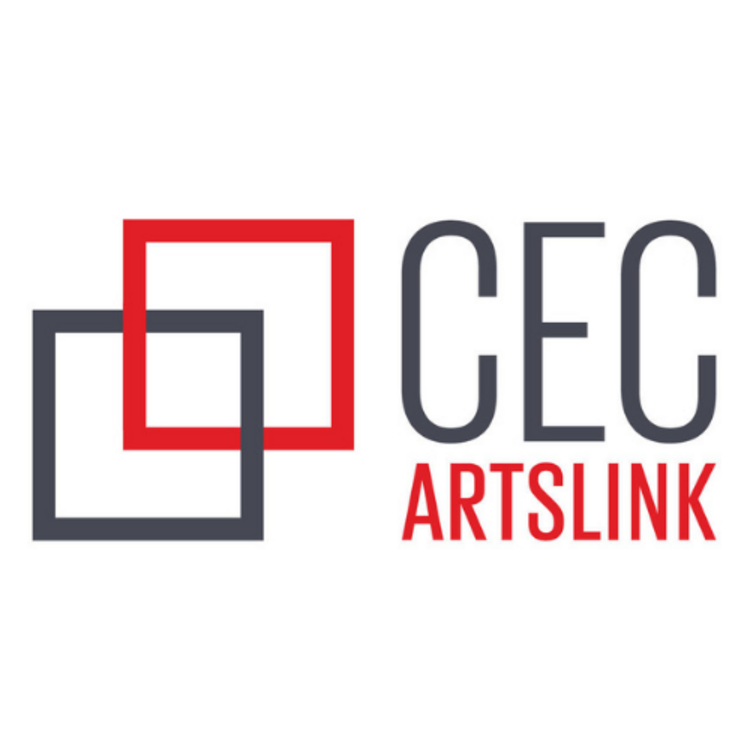
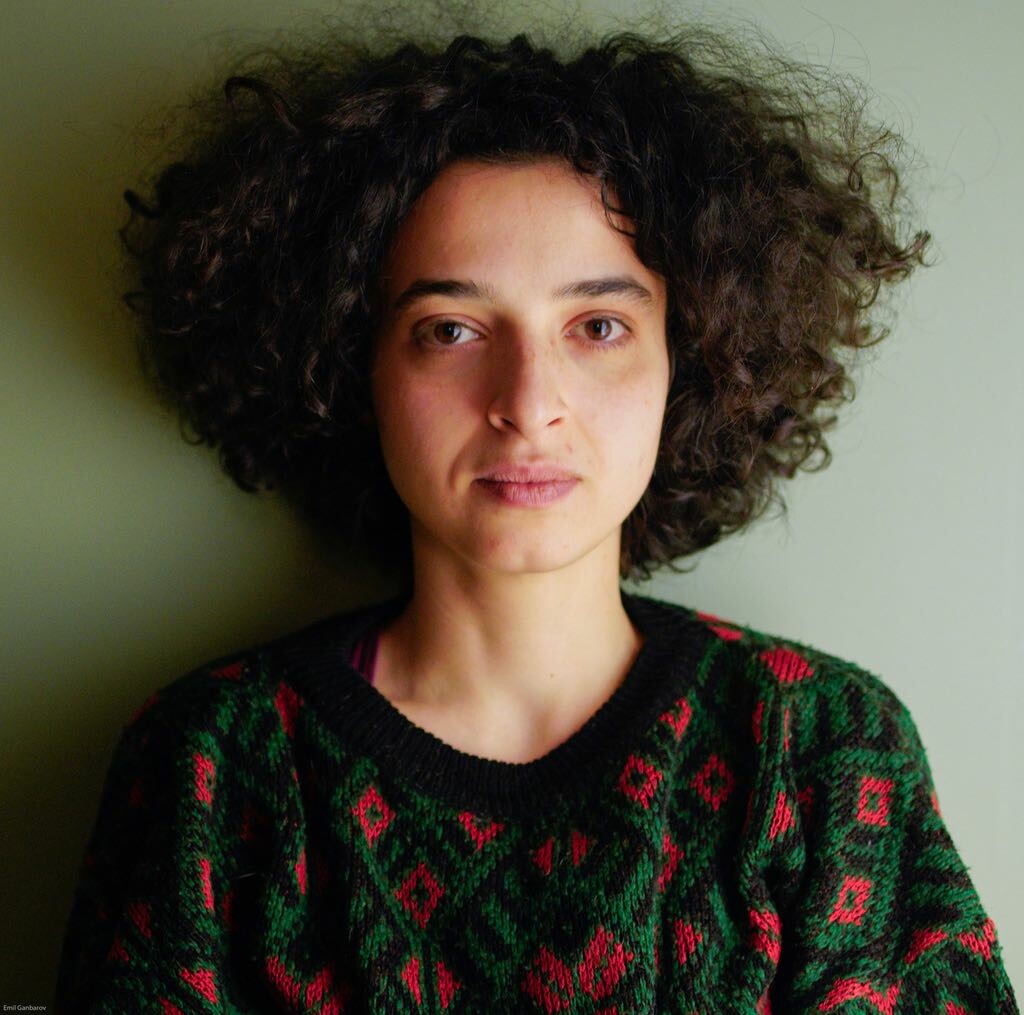
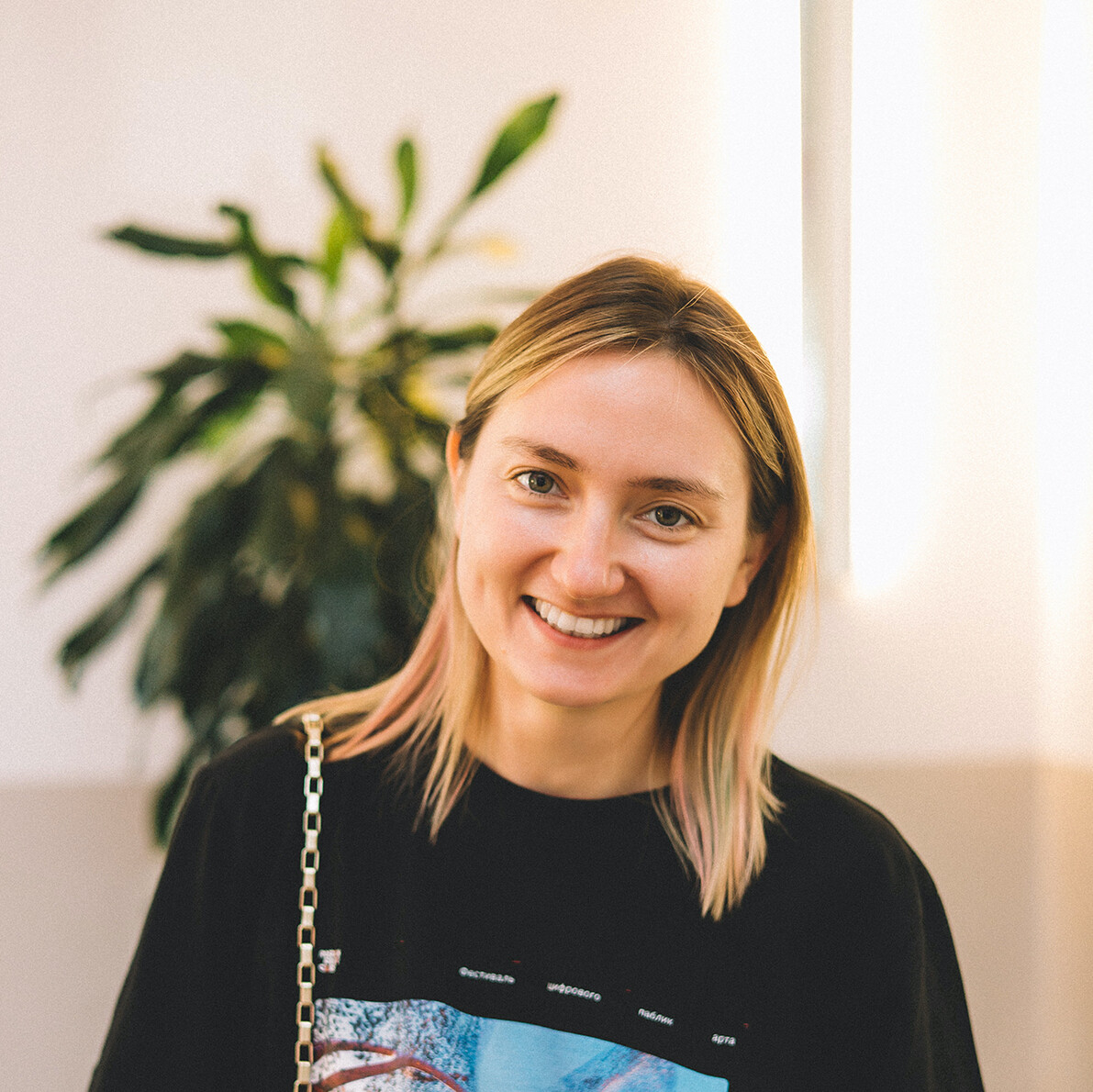
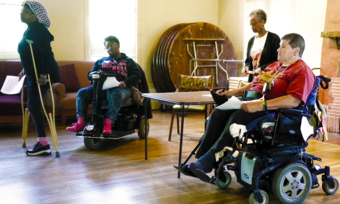

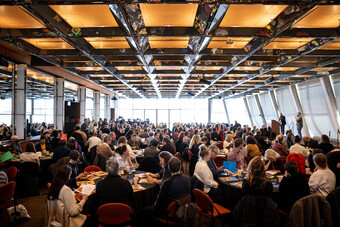

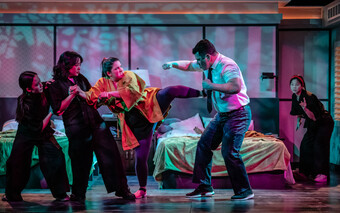



Comments
The article is just the start of the conversation—we want to know what you think about this subject, too! HowlRound is a space for knowledge-sharing, and we welcome spirited, thoughtful, and on-topic dialogue. Find our full comments policy here